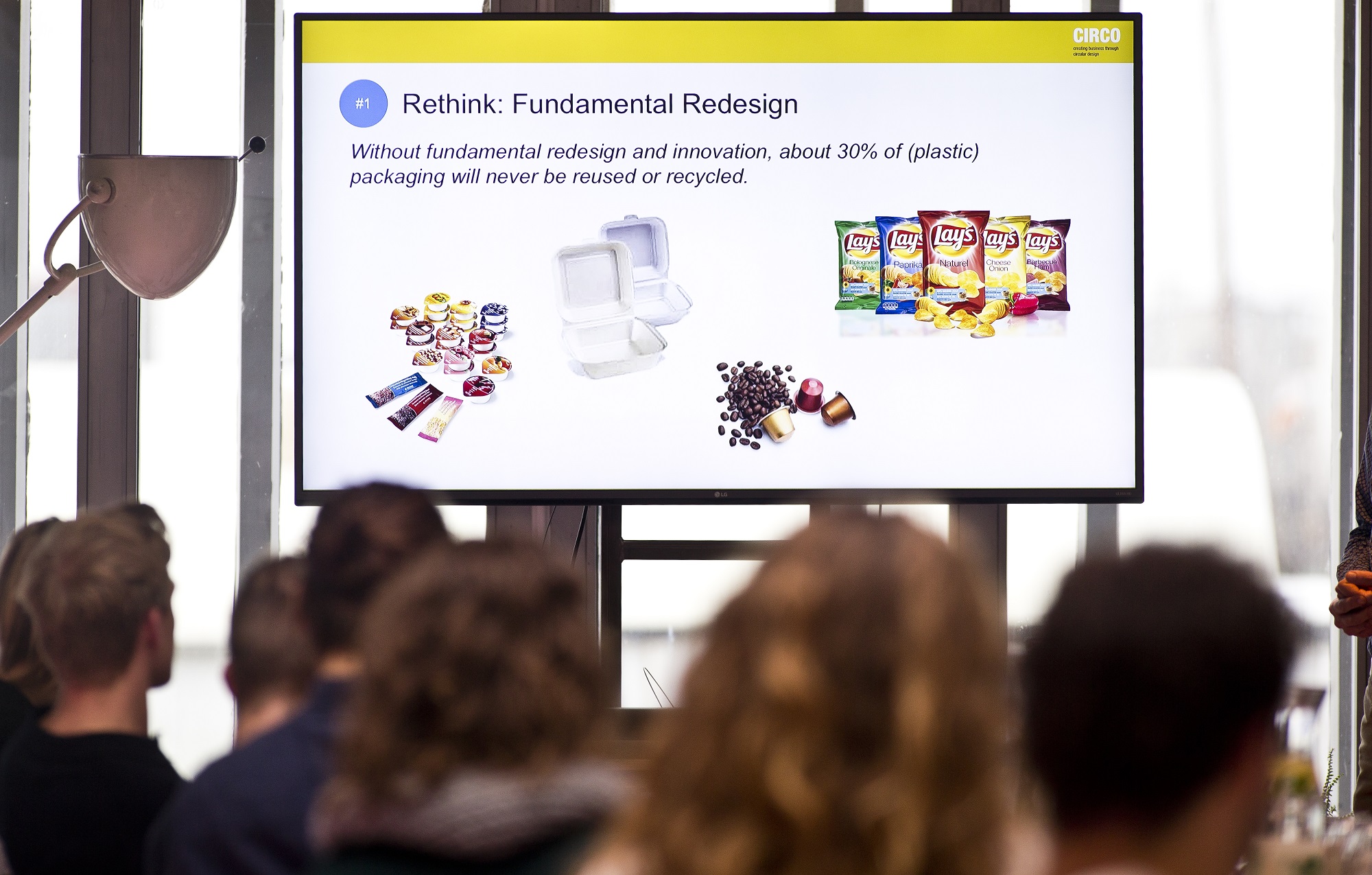
When it comes to (sustainable) packaging, every business in the Netherlands that puts packaging materials on the market or imports them has to meet the legal requirements and guidelines. However, sustainable packaging also presents opportunities as part of organisations’ broader sustainability policies. A branch update from ABN-AMRO from May 2017 revealed that circular packaging is better for the environment: by adopting a more circular approach in the Netherlands, savings on virgin raw materials with a value of 70 to 105 million euros can be realised every year.
This is not only good for the environment and our wallets, it also contributes to a better climate. A study commissioned by the KIDV and conducted by CE Delft in 2016 revealed that global greenhouse gas emission levels can be reduced by 6% by recycling two-thirds of our household waste. In the European Union, this increased recycling would reduce CO2 emission levels by 4%.
Packaging developers can play an important role in the realisation of this reduction, for example by thinking along about business models that make other packaging strategies possible. Think of, for example, offering the use of your product as a service via lease agreements or using high-quality reusable packaging materials that remain the property of your business. One example of the latter is a coffee subscription for organisations, where the coffee is delivered in reusable return packaging.
It is essential to take the course of your organisation’s policies into account during your packaging development process. The optimal integration of sustainable packaging solutions requires proper coordination between innovation and company policies. Possible investments can only be justified if the packaging solutions improve the proposition and create value for the business. Furthermore, the value of sustainable product-packaging combinations is improved for consumers as well if these are in line with the values of the organisation and the brand. The stronger the match between the sustainable product-packaging combination and the story behind it, the more likely consumers are to pick up on and understand it. This creates a positive image for the product.
Sustainable entrepreneurship is the future
More and more organisations strive to save energy, reduce the amount of waste they produce, recycle more, generate or use sustainable energy, and bring down their CO2 emission levels. Furthermore, a growing number of companies are aware of the strategic opportunities that sustainable entrepreneurship offers. In addition to saving costs, their focus is shifting towards sustainable propositions and new and circular business models. There are several themes that are relevant in light of sustainability, such as:
- CO2 emission levels and their relation to climate change;
- the scarcity of natural resources;
- litter;
- particulate matter and smog;
- the growing world population and the increasing prosperity in countries such as China and India;
- health and food safety.
Which themes are most relevant depends on the organisation. Every organisation has to decide whether it wants to react passively or take deliberate action. One organisation might strive to comply with laws and regulations, while another views sustainability as a means to create value and wants to acquire a leading position.
Differentiation between company policy and brand strategy
A business may choose to adopt a sustainability policy at company level and make its brands secondary to this policy. However, an organisation with major brands can also choose to make this decision largely at brand level. The latter means that the business can put several brands on the market that each treat sustainability differently and express specific themes.
An important point of attention is the potential complexity of using the same production facilities for various brands. This makes it harder to realise the sustainability measures and make the required modifications to the packaging process, because it requires the other brands to change accordingly.


